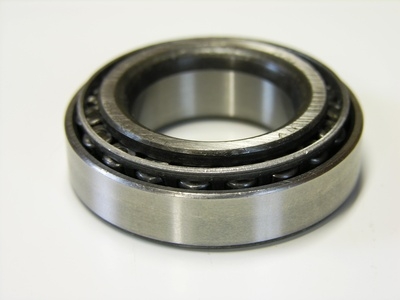
The 2000 Chevrolet Silverado comes in three different sizes: 1500, 2500 and 3500. This pickup also comes in both two- and four-wheel drive. The hub bearings on these truck undergo a lot of abuse, especially if heavy towing or off-road driving is performed. Over time, this can cause the bearings to become loose or even fail completely. When this occurs, the bearings must be replaced. When replacing the bearing, it is imperative to torque them properly.
The four-wheel drive 2000 Silverado's front bearings are pressed into the hub. There are four bolts that hold the hub and bearing into place. These four bolts require 133 foot-pounds of torque. In the process of replacing this bearing, the wheel speed sensor is removed as well. This sensor's bolt must be torqued to 106 inch-pounds.
The two-wheel drive bearings are actually called tapered bearings. They simply sit inside the brake rotor. Torquing these properly involves a few steps. Tighten the bearing nut to 12 foot-pounds, loosen the nuts and finally, tighten the nut until it is only hand-tight. After hand-tightening the nut, slide the cotter pin in place to secure the nut.
The torque for each bearing type is extremely important, for its own reasons. The four-wheel drive bearing, which requires 133 foot-pounds, needs to be tight enough to hold the bearing and wheel, but not so tight that it strips the threads.
The two-wheel drive version is torqued to 22 foot-pounds to only seat the bearing. It is then loosened to allow the bearing to spin freely; the cotter pin is what secures the nut in place. Over-tightening this nut will lead to nearly immediate bearing failure.
The two-wheel drive bearing can also be adjusted, if it is just loose. The adjustment process is the same as the torque process. It is best to try to adjust the bearing prior to replacing it, as this saves money and time.